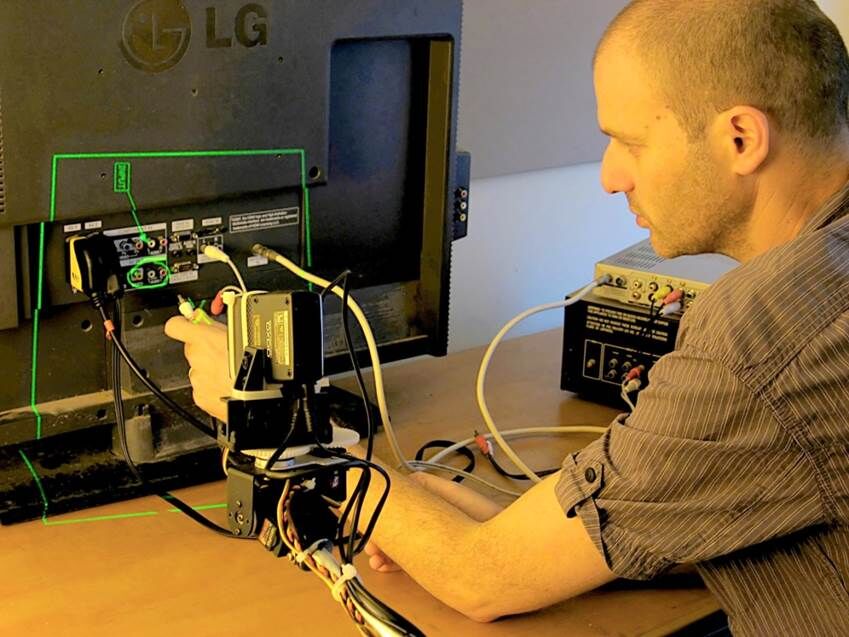Dr. Joel Lanir
Background
The Human-Computer Interaction and Visualization Lab, headed by Dr. Joel Lanir at the University of Haifa, deals with a wide variety of research areas in the broader field of human-computer interaction. The lab focuses on researching the design, implementation and evaluation of novel technologies, as well as on the study and understanding of how technologies affect human behavior.
Human-Computer Interaction and Data Visualization
Dr. Joel Lanir, head of the Human-Computer Interaction and Visualization Lab, researches a variety of topics related to human-computer interaction (HCI) and information visualization. In HCI, he examines novel mobile interaction techniques as well as context-aware computing. In information visualization, he examines ways to visualize complex data in a visual analytics process that involves a human analyzer interacting with a visualization system in order to be able to find various insights such as temporal trends and predictions.
Dr. Lanir is an expert in user interface (UI) and user experience (UX) design, as well as in the evaluation of interactive computing systems.
Research Status
Current projects headed by Dr. Lanir at the Human-Computer Interaction and Visualization Lab include:
• Examining how to visualize real-time, temporal, multidimensional information in order to find patterns that change over time and predict trends. For example: extracting news events from multiple news sources and Tweets, and visualizing the evolution of the event over time, showing temporal, geographical, theme and sentiment information.
• Augmented reality (AR) in context-aware environments: The team is examining how to build usable AR interfaces according to human social norms. The initial project looks at how to design and use an AR mobile museum guide in a smart IoT-based museum (where exhibits are equipped with sensors). The AR guide will provide the visitors with contextual information, according to their location and interests, by drawing information from the sensors around. This project is based on previous work done in the University of Haifa’s Hecht Museum.
• Technology and cultural heritage: Examining how to design and evaluate novel technology at cultural heritage sites to enhance visitor experience.
Applications
View projects being developed at the Human-Computer Interaction and Visualization Lab here.
• Augmented reality for older adults
• Understanding museum visitor behavior
• Composite indicator (CI) visualization
• DynamicMaps - a novel system for browsing through a very large set of images according to similarity
• Evaluation of spatio-temporal visualizations
• Understanding feet interaction – examining how foot interaction can serve users in controlling and interacting with technological devices
• Context-aware computing at the museum
• TeleAdvisor - allowing a remote expert to naturally guide a local user in need of assistance in carrying out physical tasks around real-world objects
• The role of emotions in image seeking
• MultiPresenter – examining how to design presentation software for very large surfaces or multiple screens
Related pages
Human-Computer Interaction and Data Visualization Lab's website


